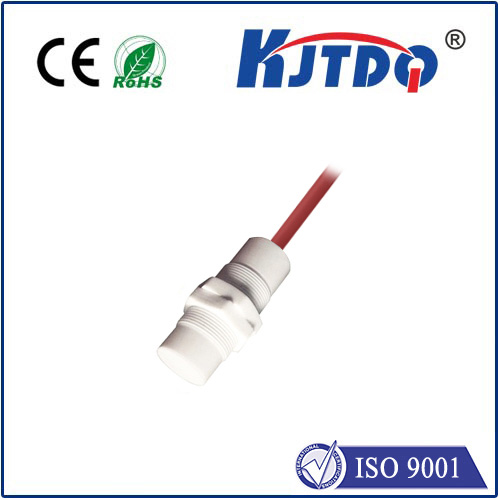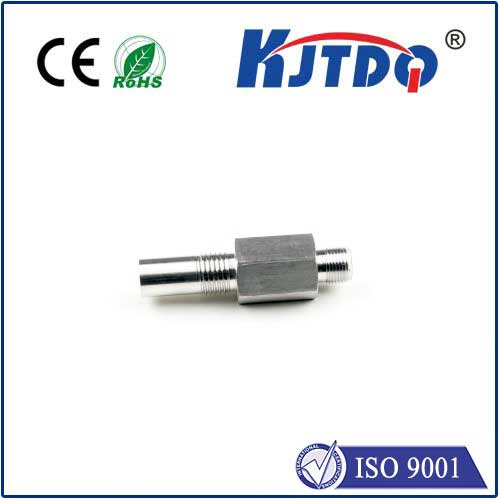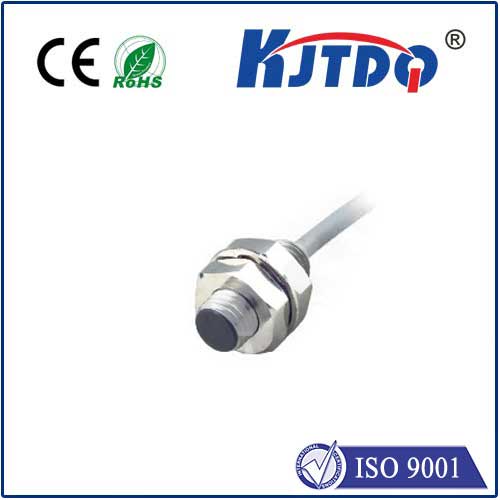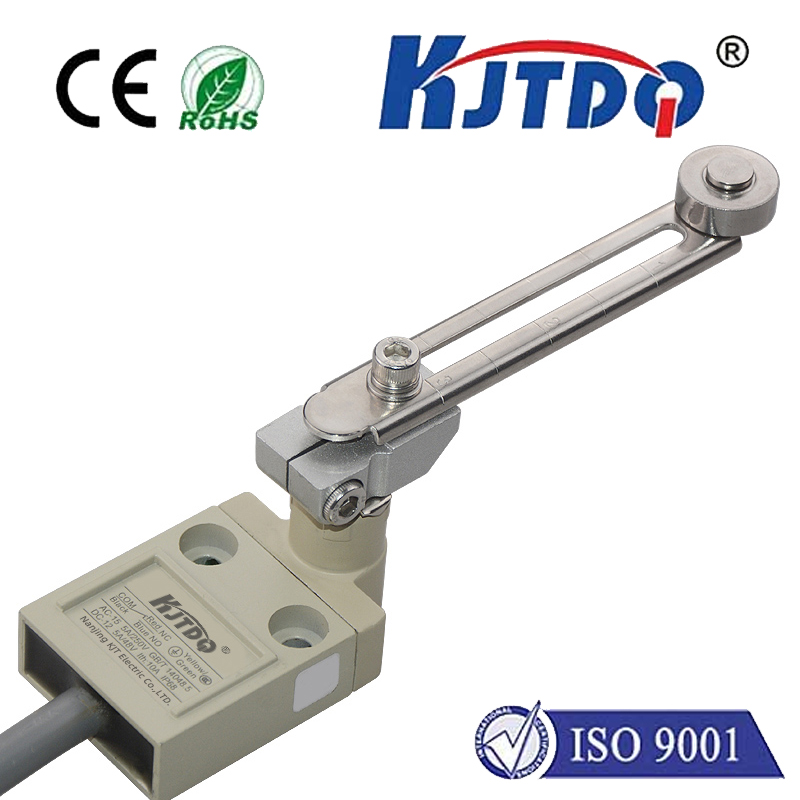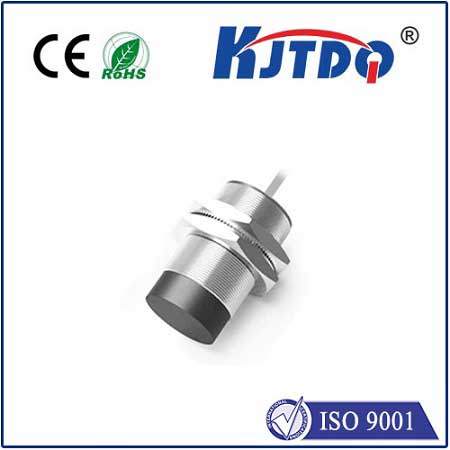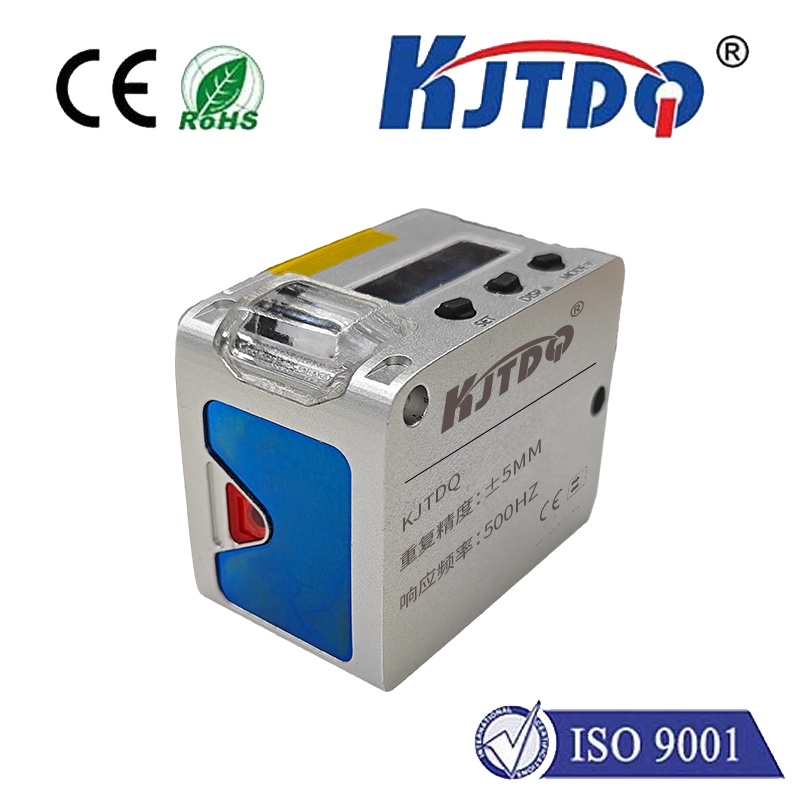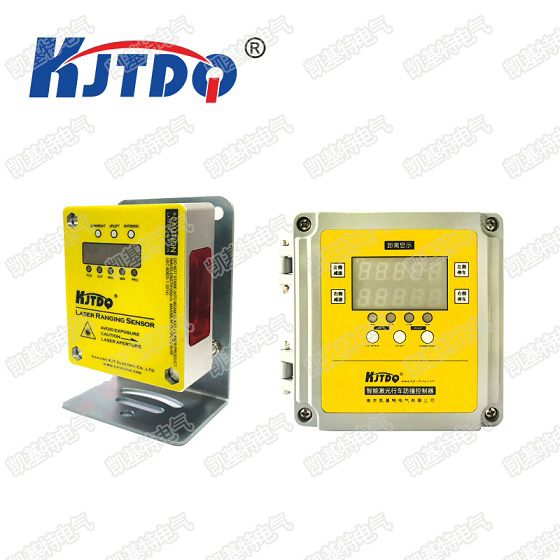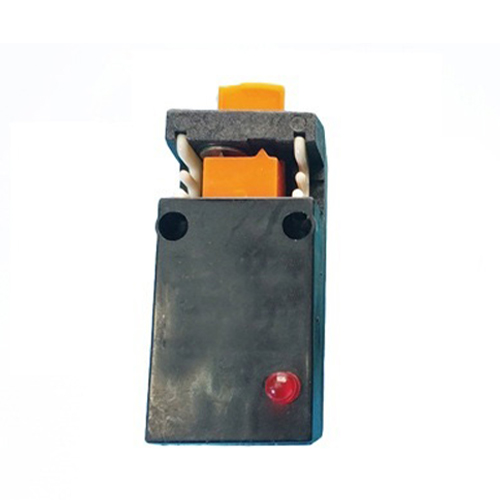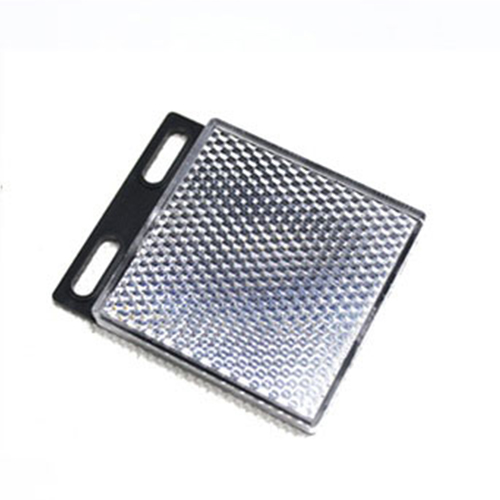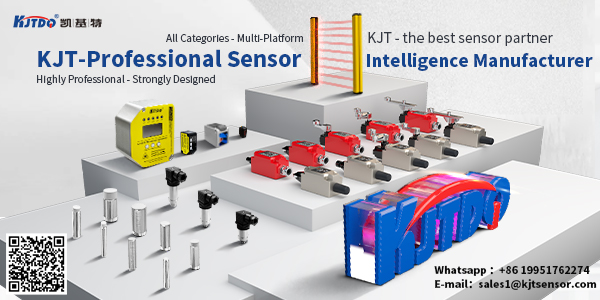
Title: Unveiling the Mystery of NPN Capacitive Sensors: An Innovative Approach to Sensing Technology In the ever-evolving world of technology, sensors play a vital role in bridging the gap between the physical and digital realms. Among the numerous types of sensors available, capacitive sensors have gained significant popularity due to their reliability, accuracy, and versatility. One such variant that has garnered attention is the NPN capacitive sensor. This article aims to provide an insightful exploration into the working mechanism, applications, and advantages of NPN capacitive sensors. Understanding NPN Capacitive Sensors NPN capacitive sensors are a type of capacitive sensor that utilizes an NPN transistor configuration for signal processing. The ‘NPN’ nomenclature refers to the arrangement of semiconductor materials in the transistor, where ‘N’ stands for negatively doped (N-type) semiconductor material and ‘P’ stands for positively doped (P-type) semiconductor material. In an NPN transistor, the middle layer is P-type, sandwiched between two N-type layers. The core principle behind a capacitive sensor lies in its ability to detect changes in capacitance. A capacitor consists of two conductive plates separated by an insulating material (the dielectric). When an object comes close to or touches one of the plates, it alters the electrical field between the plates, thereby changing the capacitance. NPN capacitive sensors leverage this principle to detect various parameters such as proximity, position, and even liquid level or moisture content. How Do They Work? NPN capacitive sensors typically consist of a sensing electrode and a reference electrode, both connected to the base of the NPN transistor. The emitter and collector terminals of the transistor are used to output the sensor signal. As an external object approaches the sensing electrode, the effective capacitance between the electrodes changes. This change in capacitance modulates the current flowing through the transistor, which is then detected and processed to generate a meaningful output signal. One key advantage of using an NPN configuration for capacitive sensors is its inherent amplification property. The NPN transistor acts as an amplifier, enhancing the small variations in capacitance caused by external influences, making the sensor more sensitive and responsive. Applications Galore The adaptability and precision of NPN capacitive sensors make them suitable for a wide array of applications across industries. Let’s explore some notable use cases:
